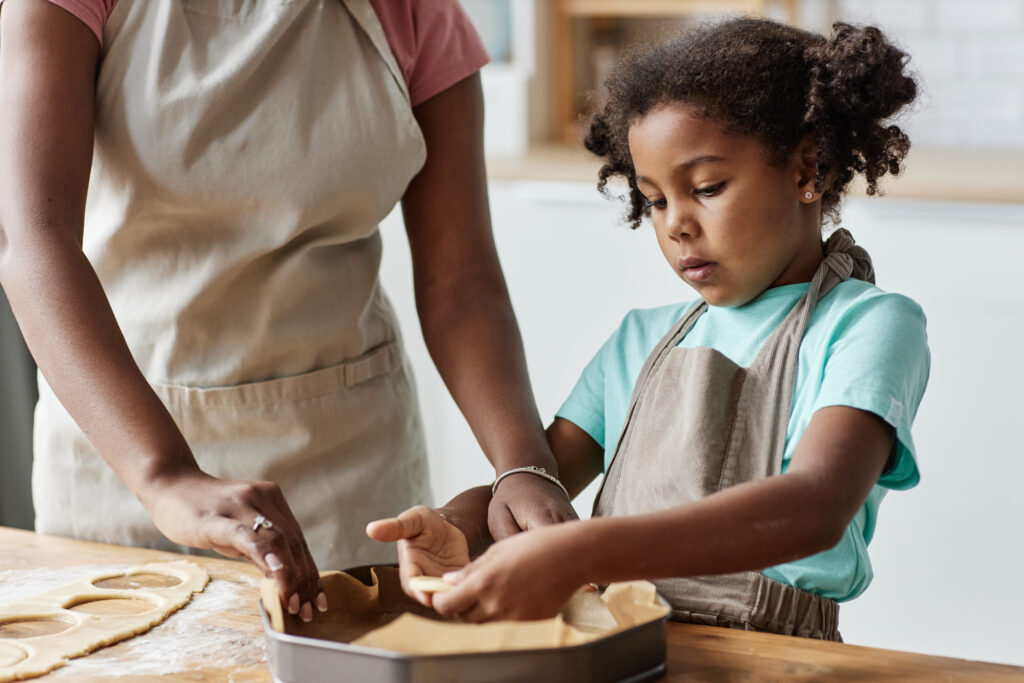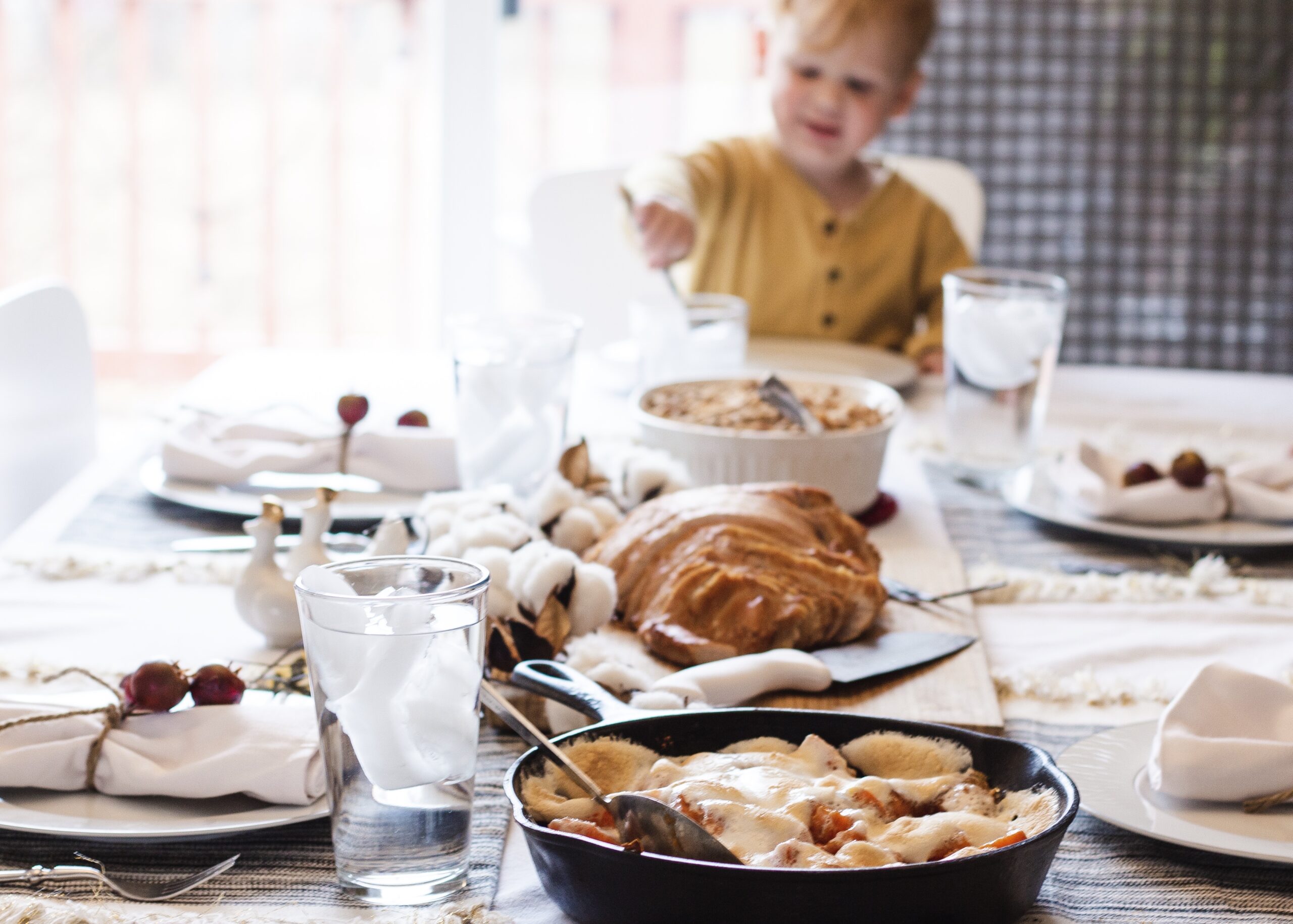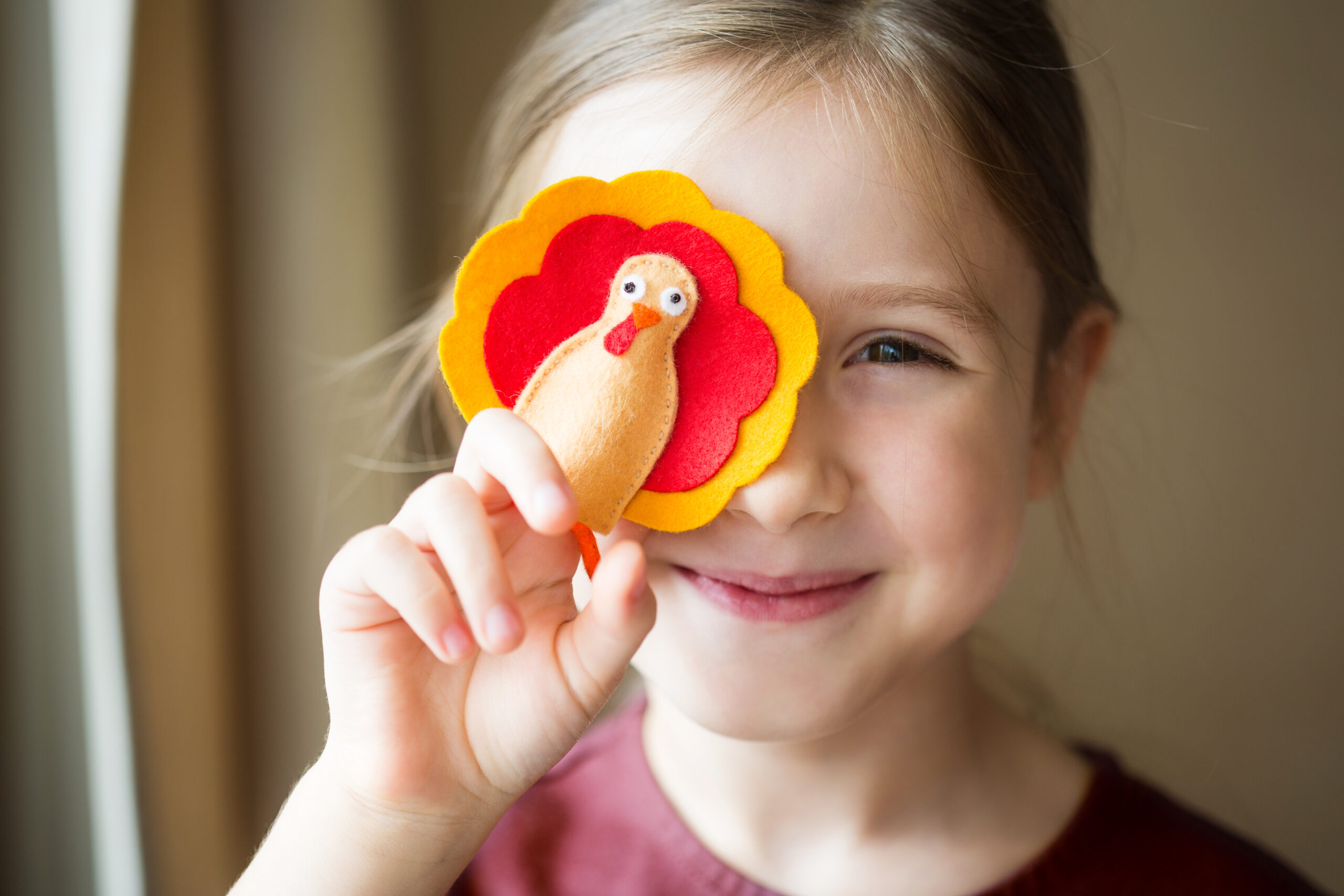Holiday
Teaching Gratitude And Planning For Thanksgiving
Planning For Thanksgiving
Teaching your child with autism about Thanksgiving can be a wonderful opportunity to introduce them to new concepts, engage their senses, and promote social interaction. Here are some steps you can follow to teach your child about gratitude and ensure a happy, smooth holiday:

Start with Visual Aids
Use visual supports such as pictures, drawings, or social stories to introduce the concept of Thanksgiving. Show images of turkeys, pumpkins, and families gathering around a table to eat together. This can help your child understand what Thanksgiving is about.

Use Simple Language
When explaining Thanksgiving, use simple and concise language that your child can understand. Break down complex ideas into smaller, manageable parts. For example, you could say, "Thanksgiving is a special day when we say 'thank you' for the good things in our lives and spend time with our loved ones."

Engage the Senses
Incorporate sensory experiences related to Thanksgiving. For instance, you can encourage your child to touch and explore different textures, such as feathers, pumpkin seeds, or autumn leaves. You can also create a sensory bin filled with dried corn, cranberries, or scented candles to evoke the holiday atmosphere.

Prepare a Visual Schedule
Create a visual schedule or a visual calendar to help your child understand the timeline leading up to Thanksgiving. This can include activities such as grocery shopping for ingredients, making crafts, or helping set the table. Having a clear visual plan can provide structure and reduce anxiety.

Explore Food-Related Activities
Thanksgiving is often associated with special foods and recipes. Engage your child in food-related activities, such as baking cookies in the shape of turkeys, making a fruit salad, or decorating cupcakes with fall-themed colors. This can be a fun and hands-on way to teach them about the holiday.


Role-Play & Social Stories
Use role-playing and social stories to help your child understand the social interactions that may happen during Thanksgiving. Practice taking turns, saying "thank you," or engaging in simple conversations. This can help prepare them for the social aspects of the holiday.

Create a Gratitude Activity
Emphasize the idea of gratitude during Thanksgiving. Encourage your child to create a gratitude list or a gratitude jar, where they can write or draw things they are thankful for. This can promote a positive mindset and foster a sense of appreciation.

Plan a Sensory-Friendly Celebration
Consider your child's sensory sensitivities when planning a Thanksgiving celebration. Provide a quiet space where they can retreat if they feel overwhelmed. Use soft lighting, limit loud noises, and allow the child to have control over their sensory environment to ensure their comfort and enjoyment.
Guide Disclaimer
Remember to approach teaching with patience, flexibility, and a focus on the child’s individual needs. Every child with autism is unique, and tailoring the teaching approach to their specific strengths and challenges can make the learning experience more engaging and meaningful.
The information provided in this article is intended for general informational purposes only and should not be considered as professional advice or a substitute for medical, therapeutic, or educational guidance. Every child’s needs are unique, and what works for one child may not work for another. It is essential to consult with qualified professionals, such as doctors, psychologists, therapists, or educators, who can provide individualized recommendations and support tailored to your child’s specific needs.


